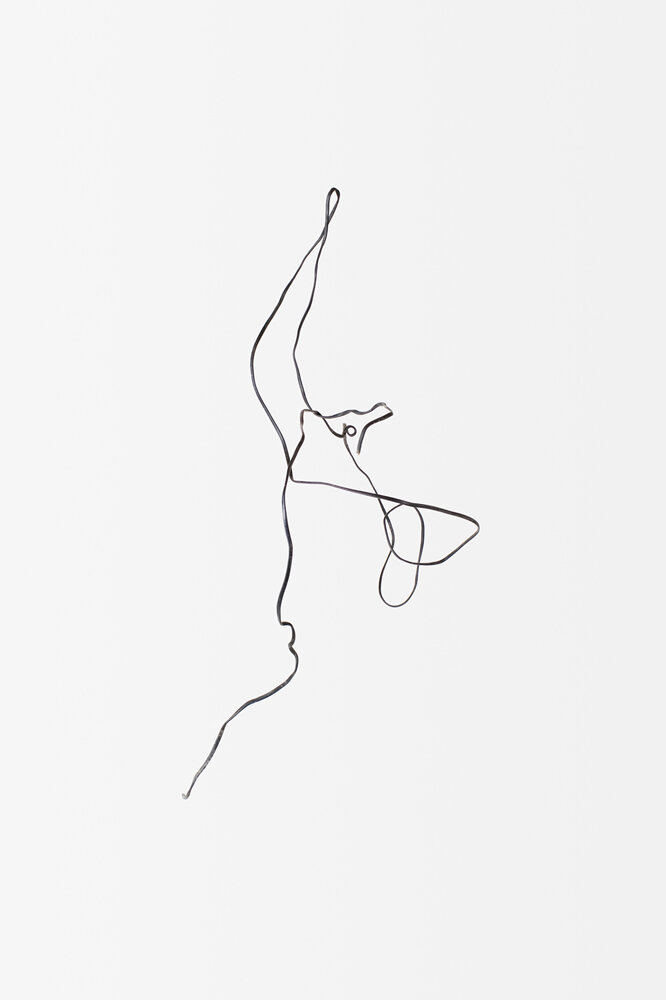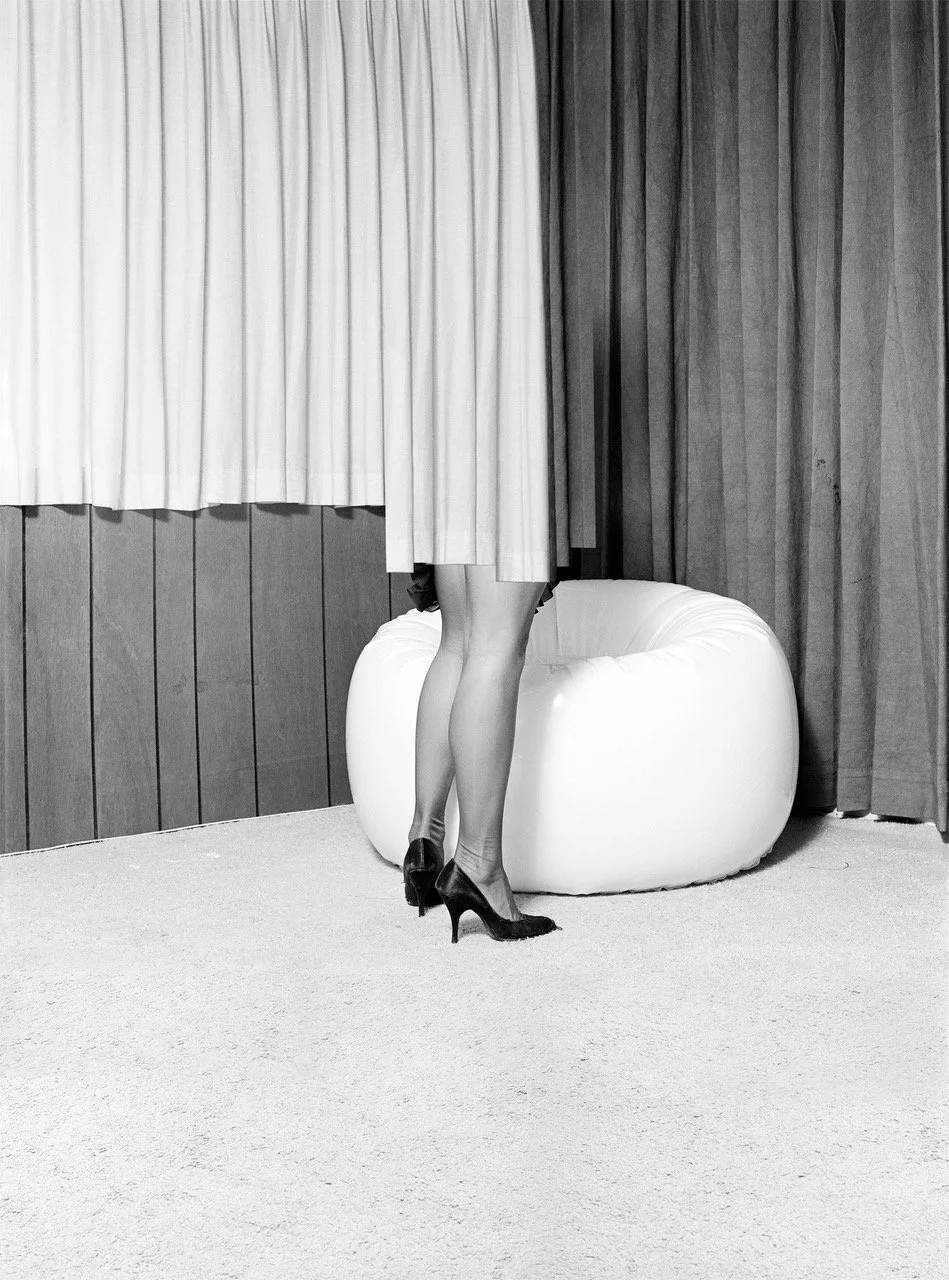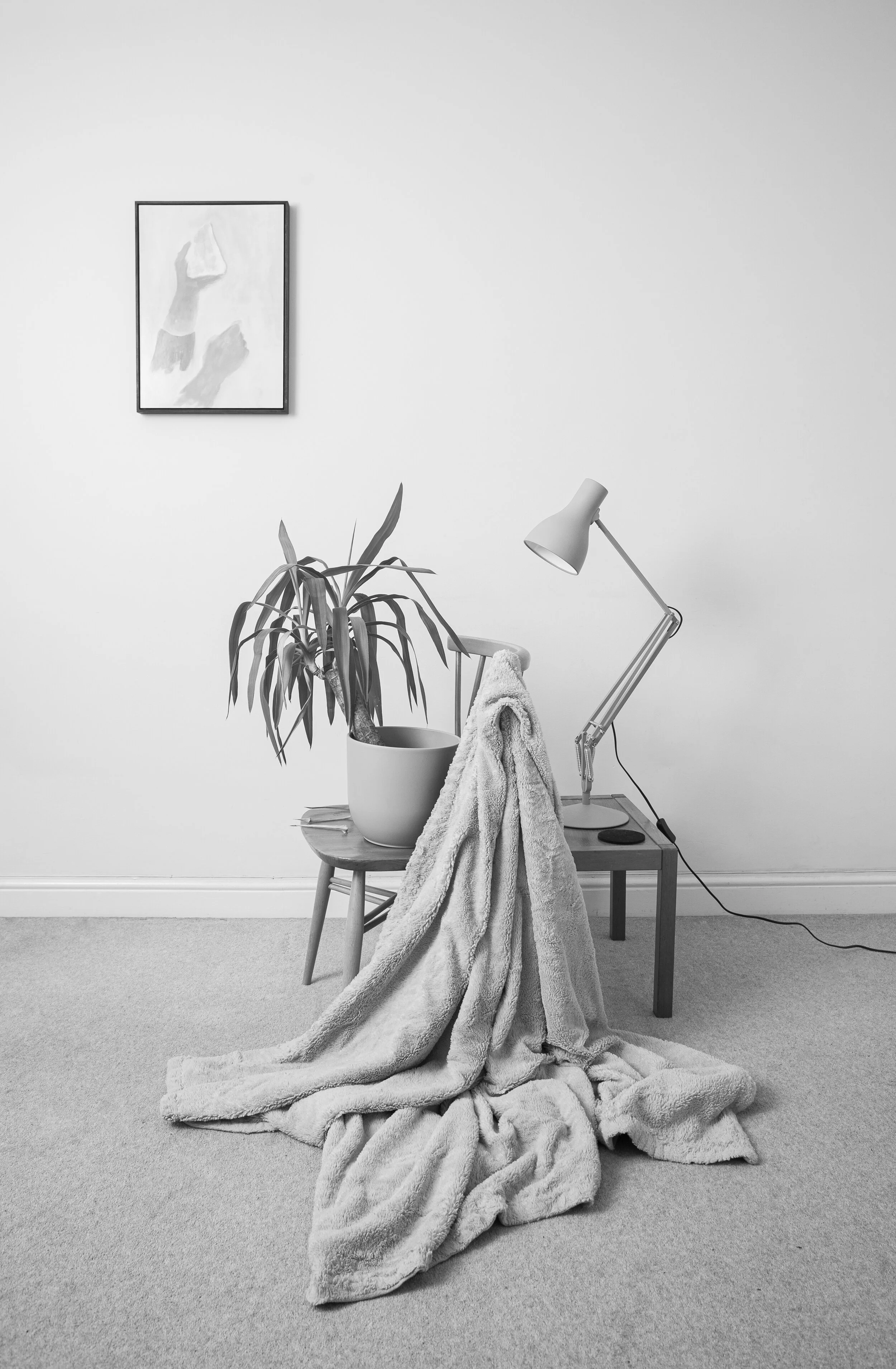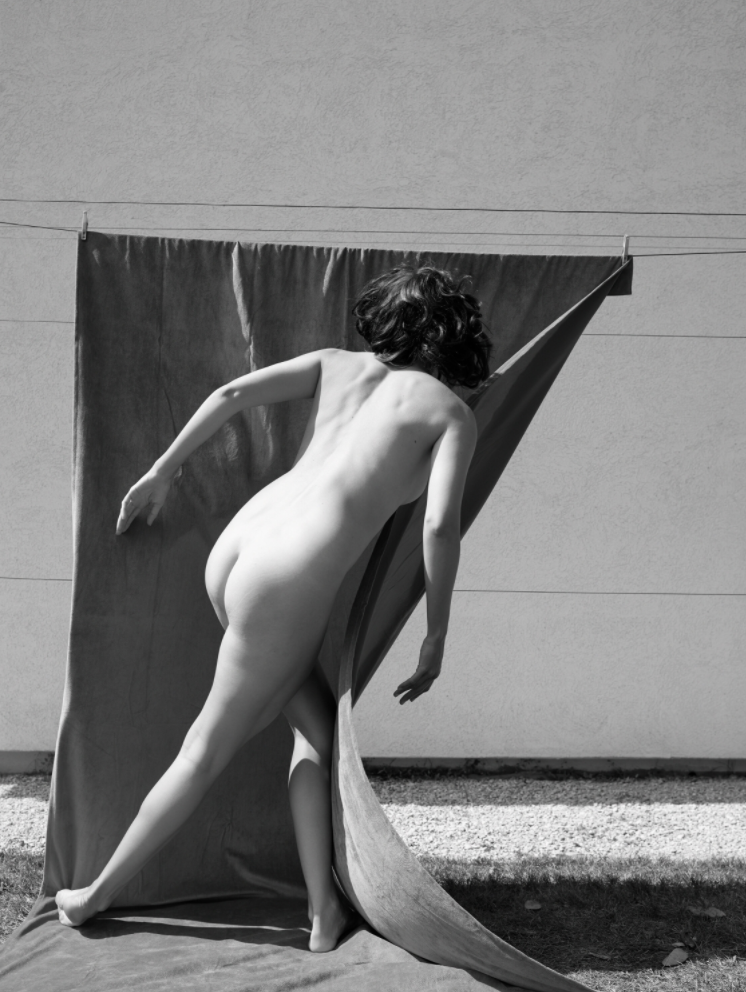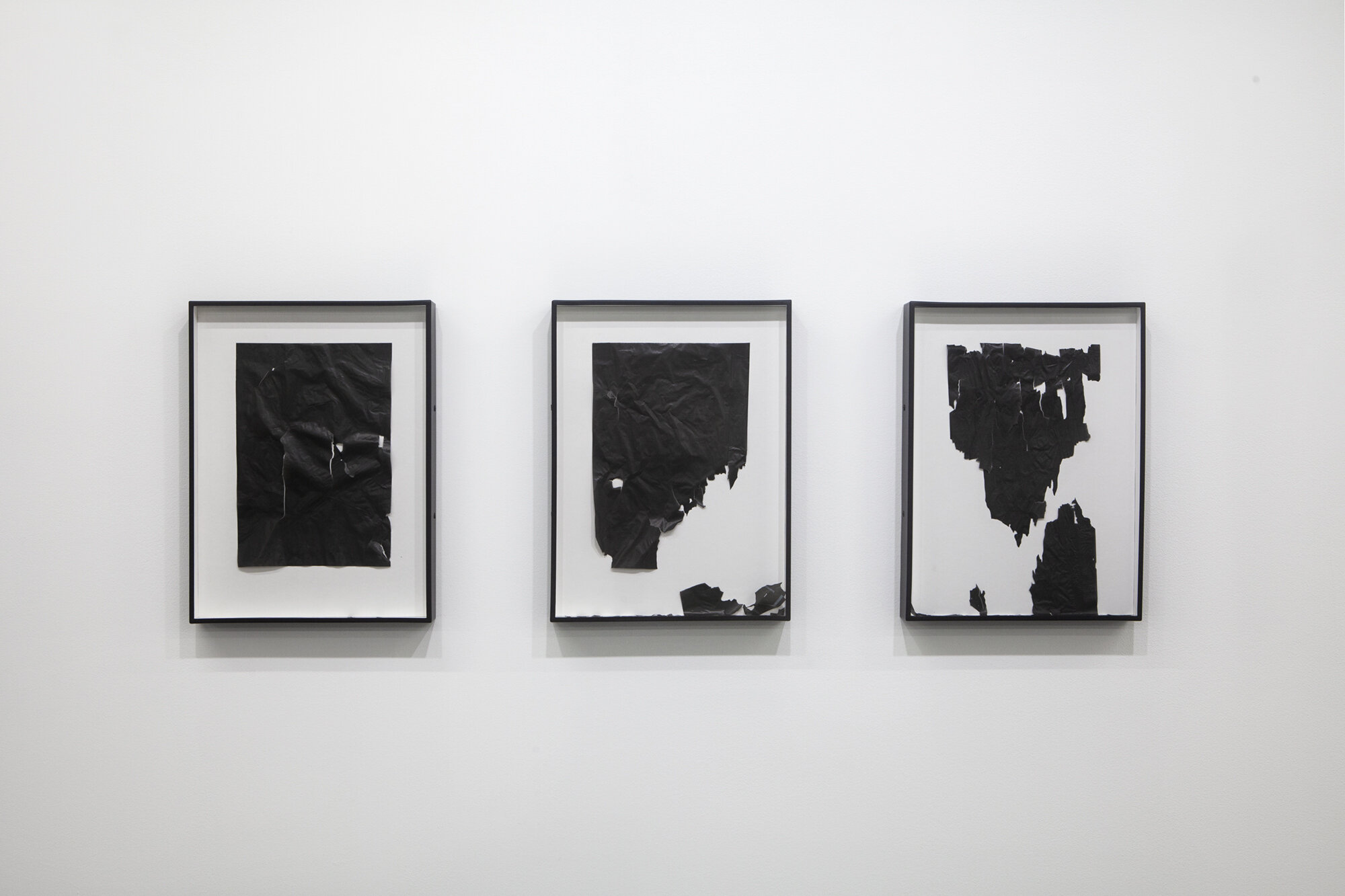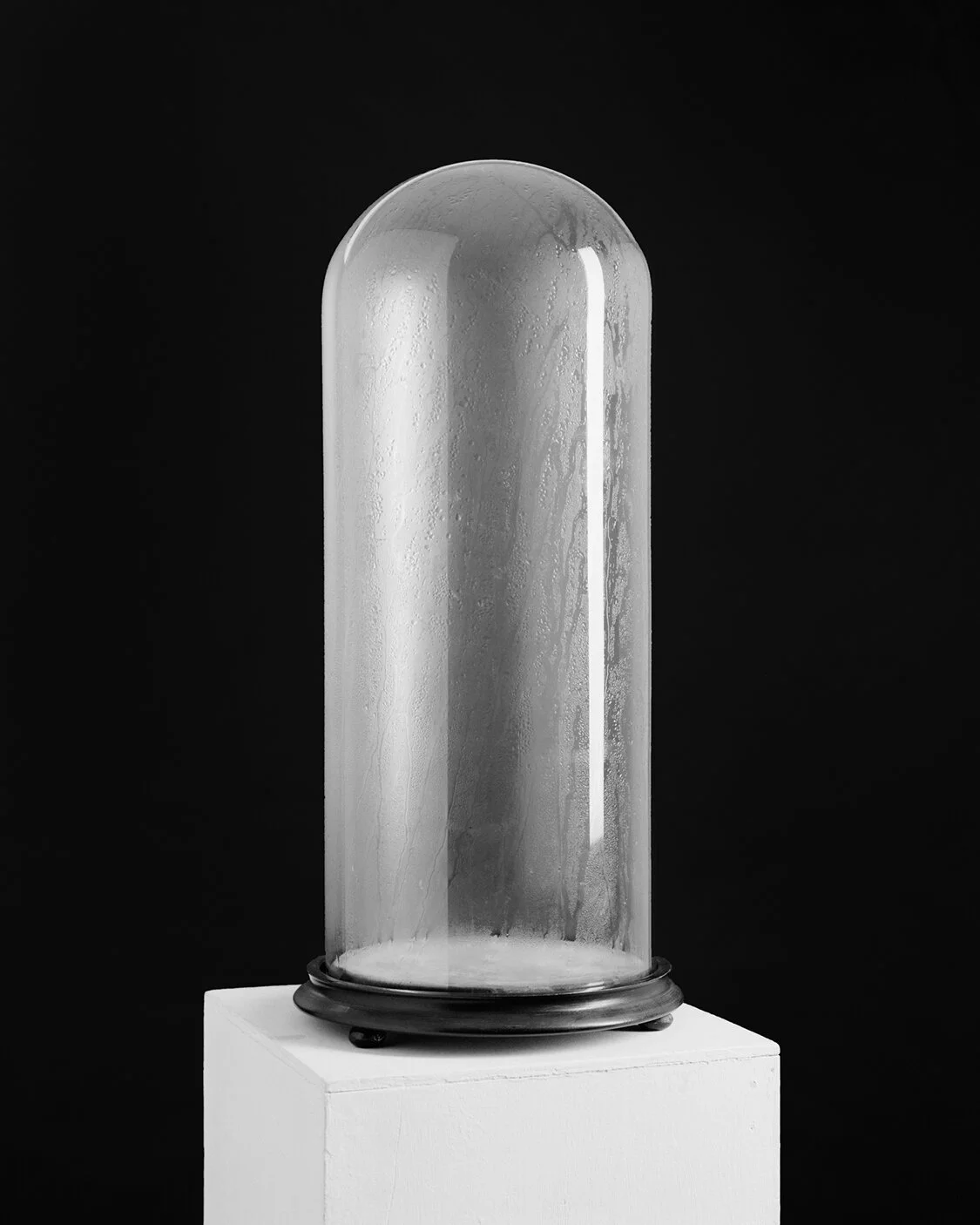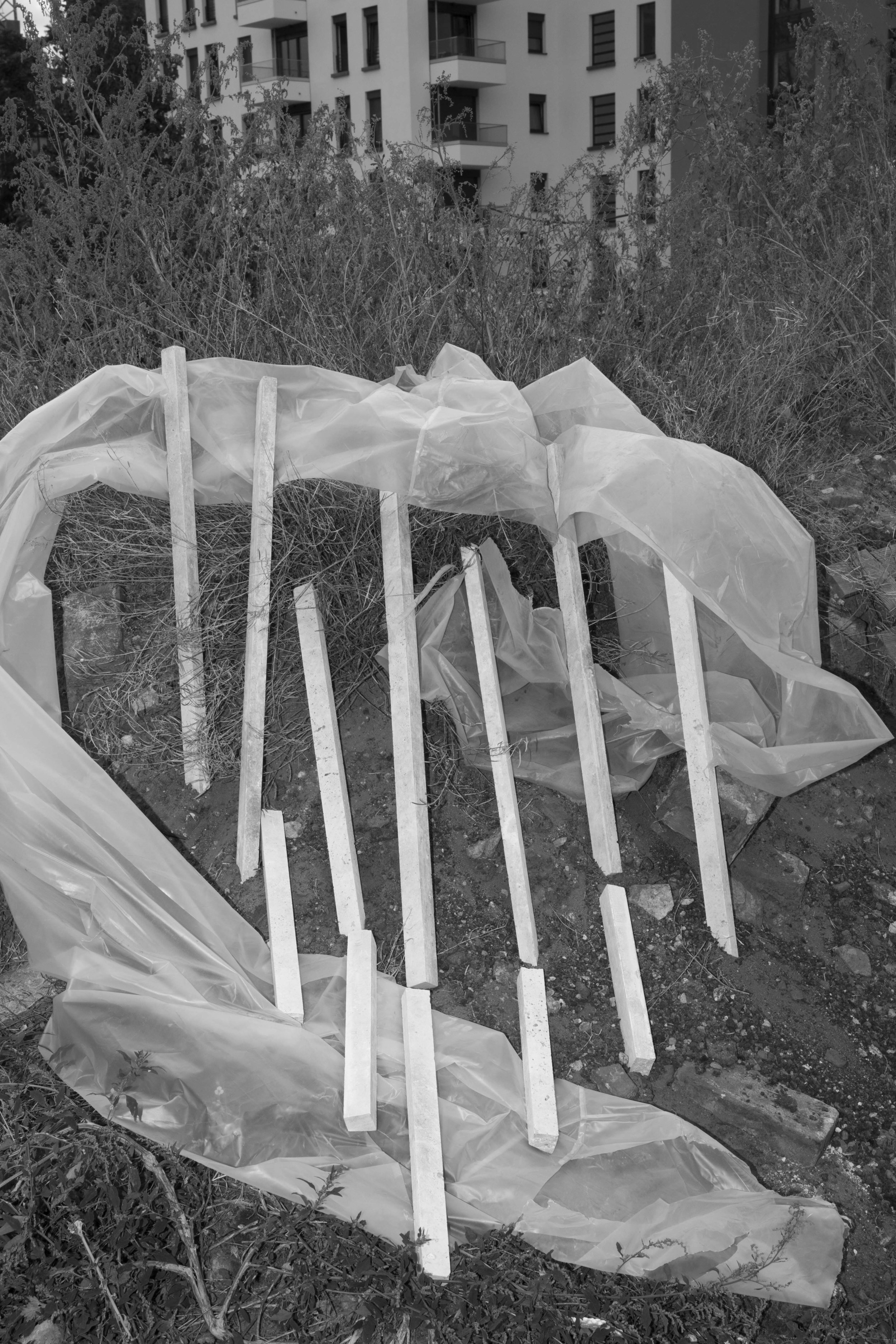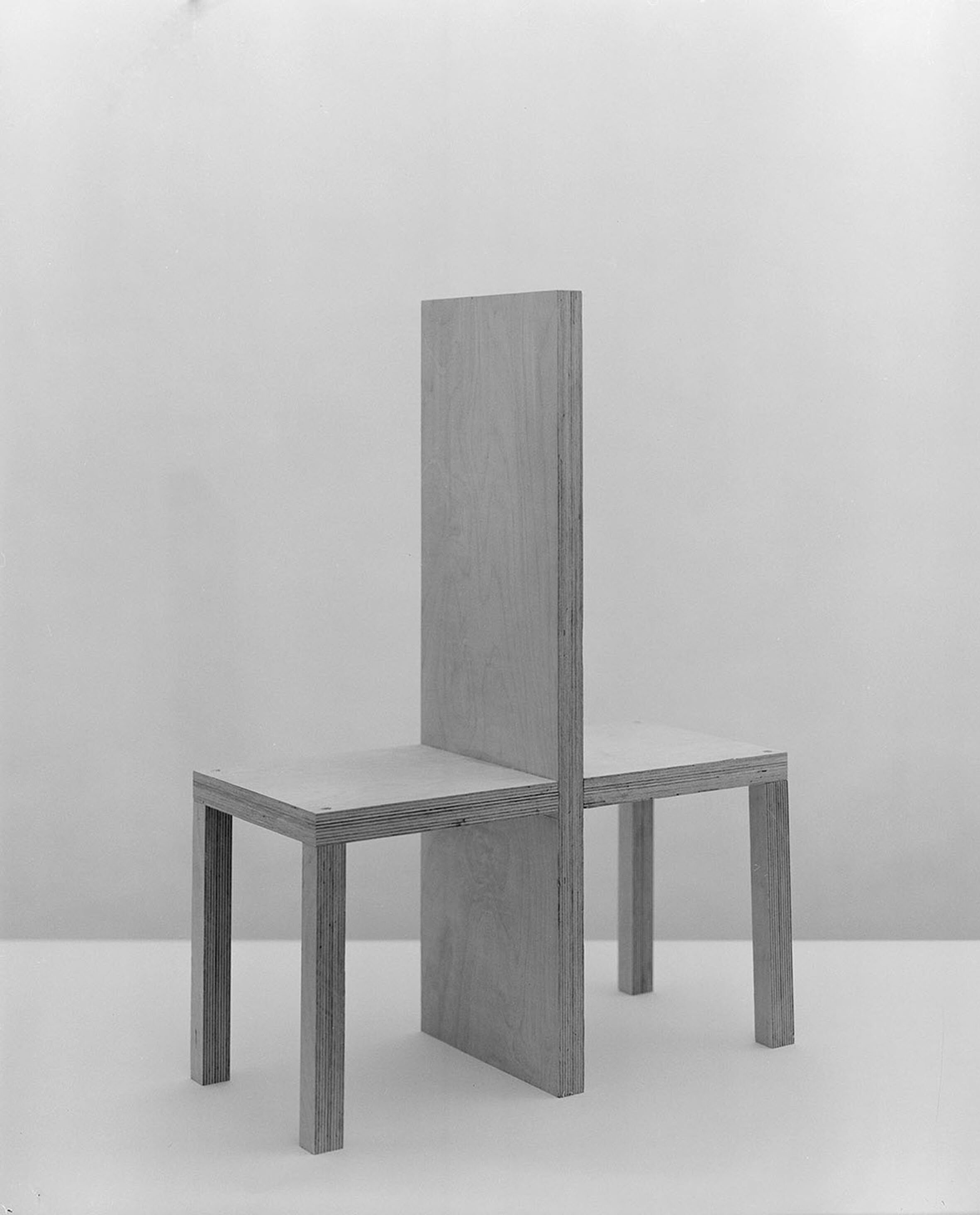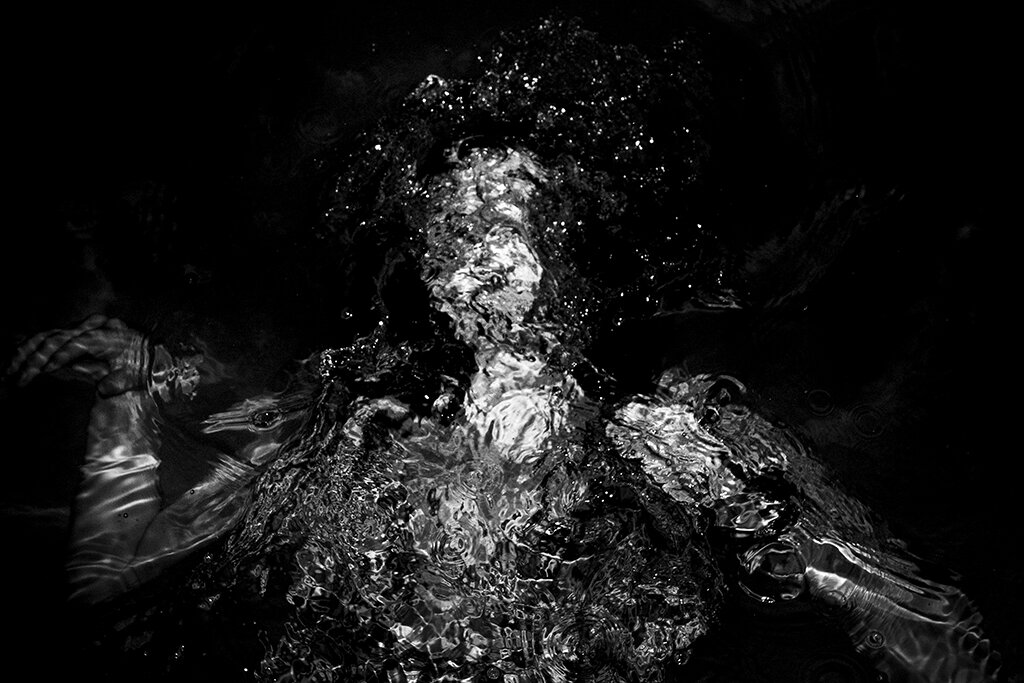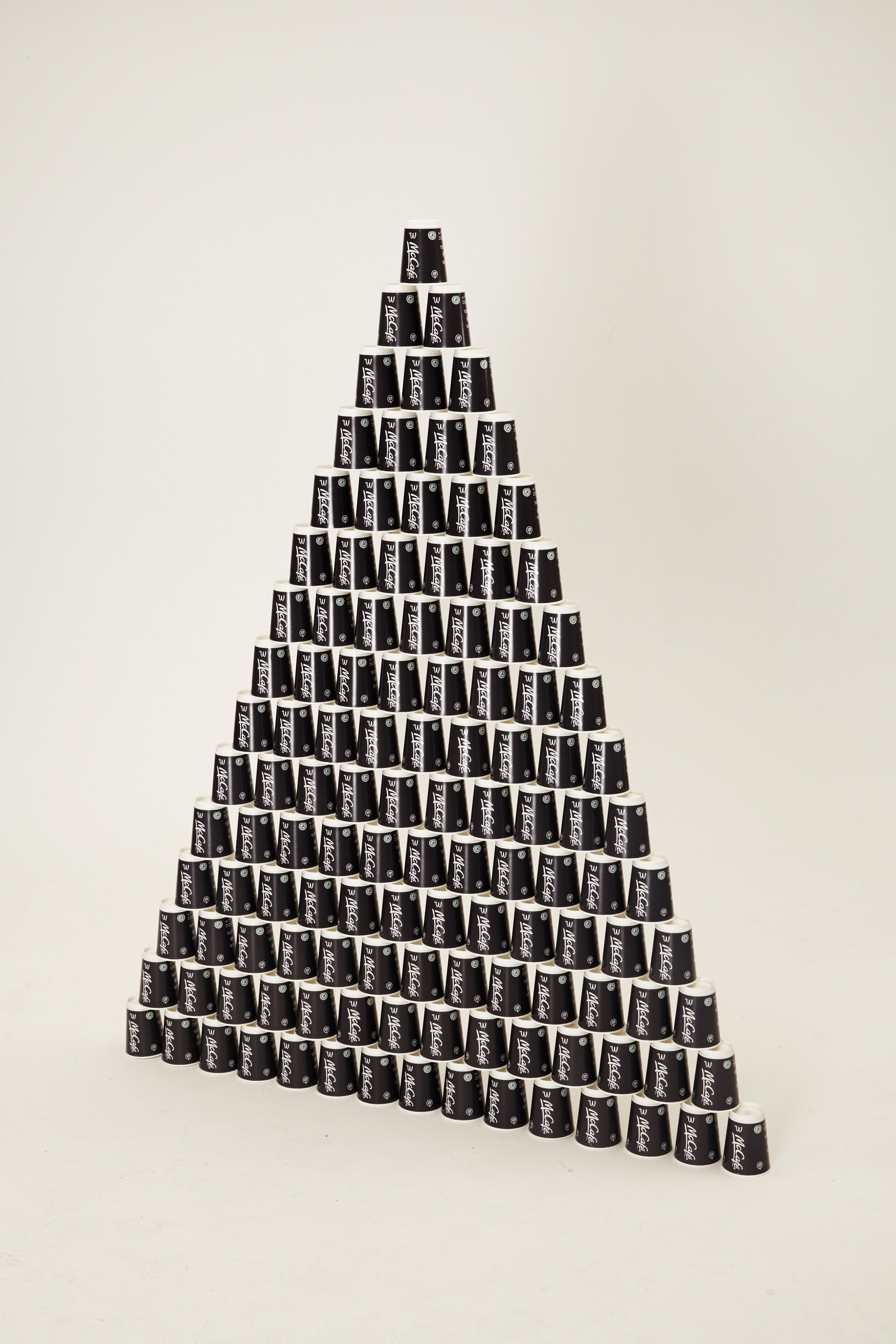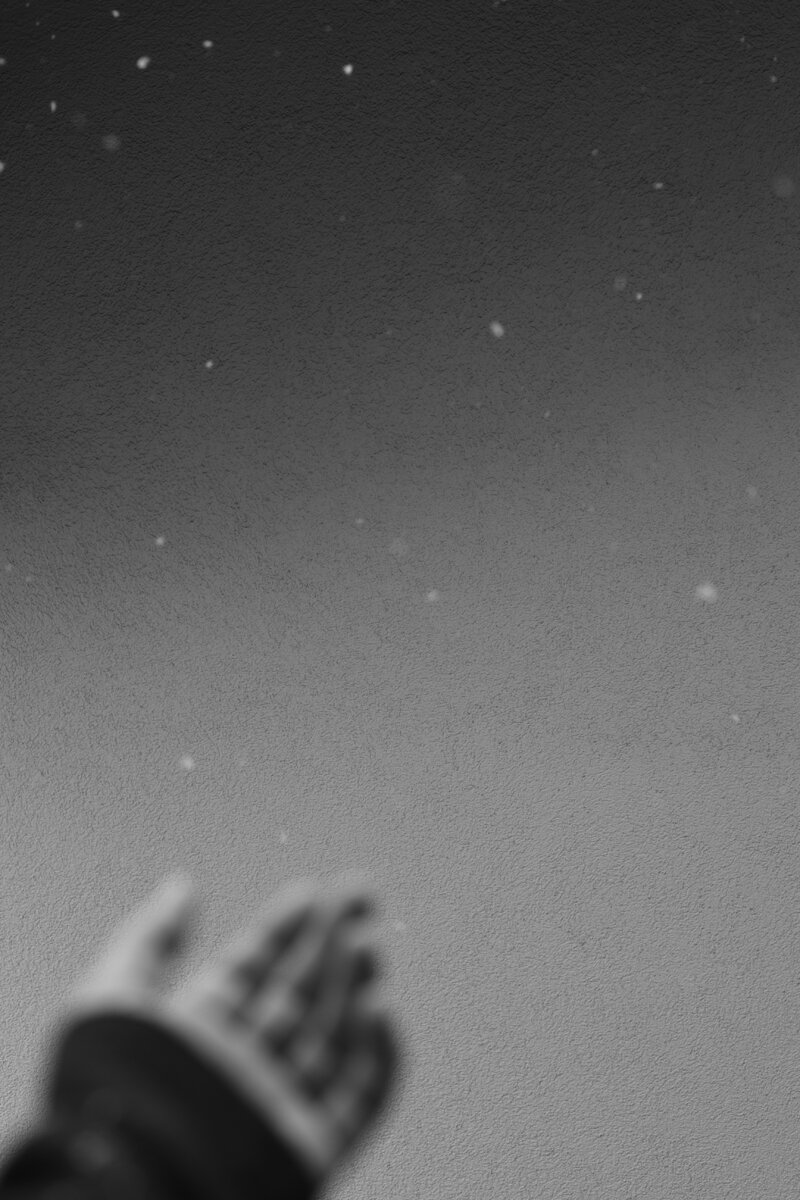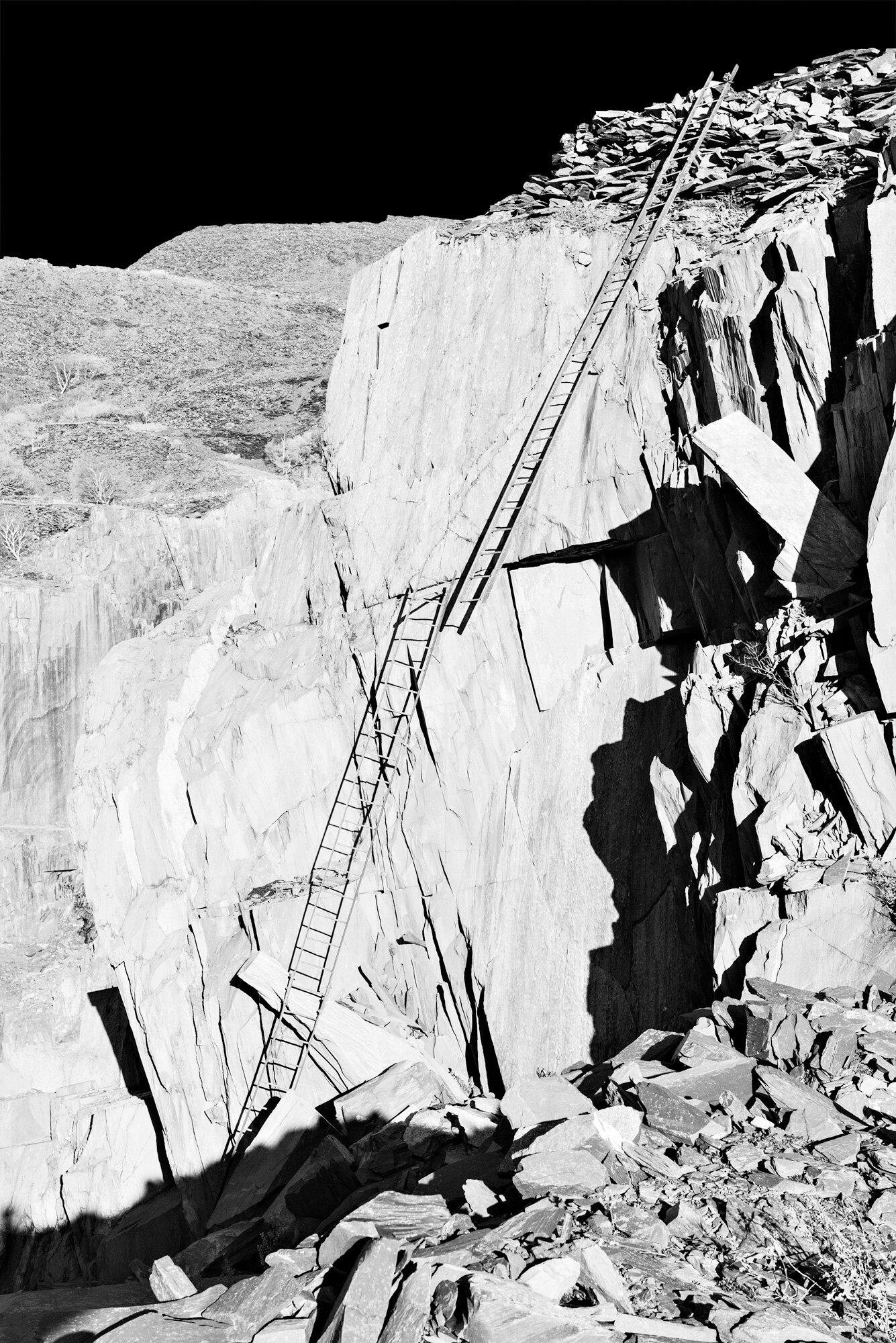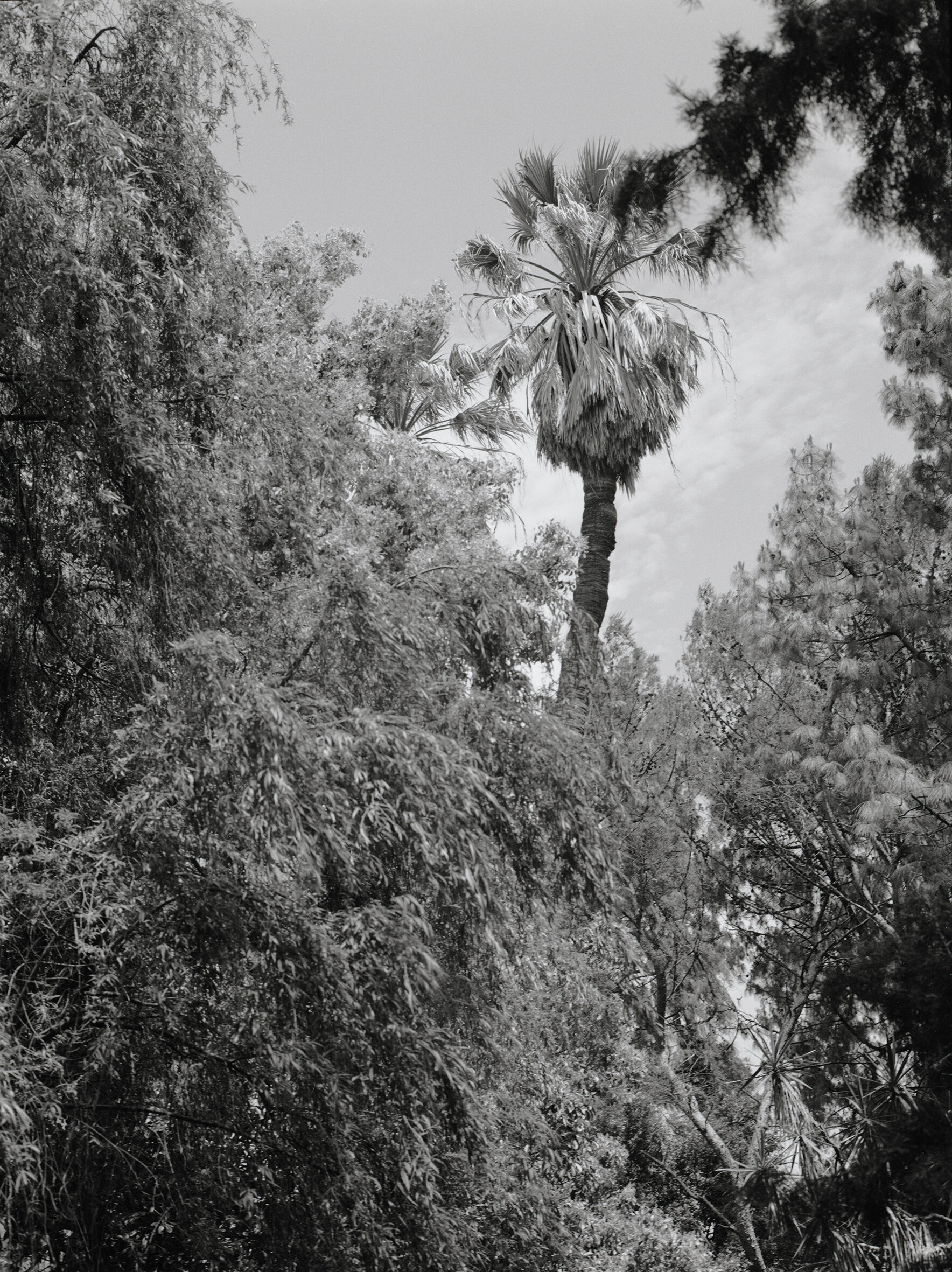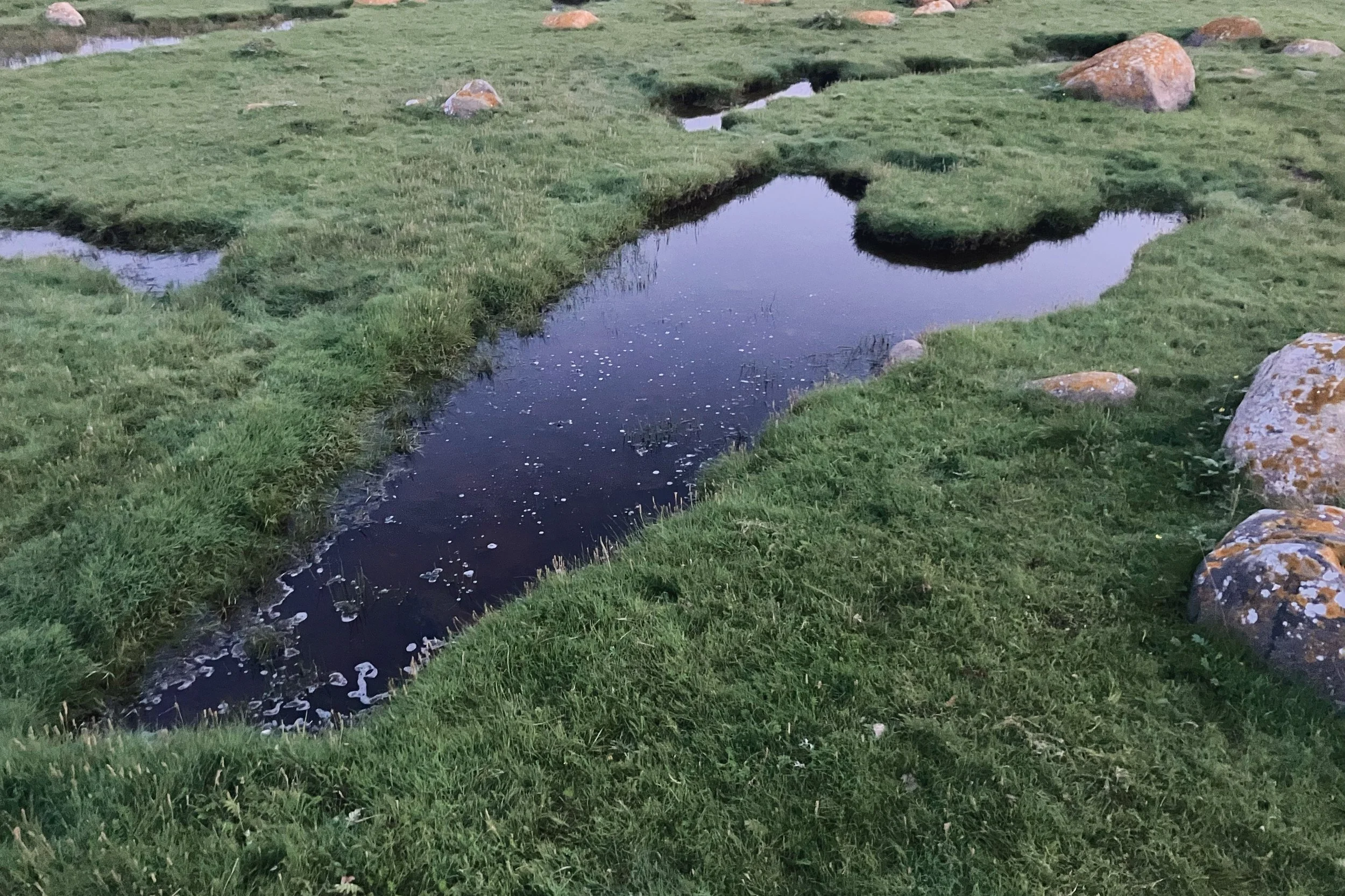Phillip Reed #14
COLLECTIVE 14
PHILLIP REED COLLABORATION WITH ANTHONY REED
Collective focus on the artistic process of one emerging artist; we learn about their sculptural practice and how it relates to construction, deconstruction, or both. Questions by Joanna Cresswell.
Tell us about your process. What reference or influence (if any) do you take from other mediums? I've always been fascinated by space, architecture, design, the layout of cities and our interactions within them. My work explores the effects of environment (mainly the built environment) on the experience of the individual. There is an amount of research and planning that goes into each project but within that framework I try to allow intuition, spontaneity and chance guide the journey. It is a playful process and I like not knowing what the result will be until the end. Most influential artists include Robert Frank, Philip Lorca Di Corcia, Paul Graham, Valerie Jouve, Rut Blees Luxemburg, Dan Holdsworth. Filmmakers Patrick Kieller, Jaque Tatti, Adam Curtis, Julien Temple and authors Italo Calvino, JG Ballard, Rem Koolhaas, Haruki Murakami, George Orwell
Are these pictures concerned with exploring formal and aesthetic interests – studies of form, colour, movement, how things work together, or are they representational, metaphorical? What is the weight that holds these pictures together? Yes, there is a concern with form, colour and the building up of relationships between images through the various ways we organise and display the work. This project was inspired by the fictional writings of JG Ballard. We wanted to find objects within the rubble of Shanghai’s building sites whose original function was not immediately clear. Objects that could be “recombined in unexpected but more meaningful ways.” There is desire for a process of breaking down / opening up the ways in which it is possible to read the city, a desire to find new significance in these objects, to elevate, to articulate and to align with. It is an attempt to question the dominant ideology and it’s narrowing effects. The images are representational of the inhabitants that are being cleared / removed from their homes. These are the pieces that don't fit the puzzle, and couldn’t fit even if they tried.
Are you a Photographer or an Artist using Photography? I don’t worry too much about the distinction. Photography has it’s own internal typologies and I want to feel free to move within them. Having said that I don't see how labeling yourself a ‘Photographer’ limits your ability as an artist.
Does your work reflect on the medium of Photography or the photographic image? If so is that intentional? Yes, we want the work to reflect on the techniques of commercial product Photography, which is primarily about “the stimulation of desire in the service of consumption.”
Typically are your works more about construction or deconstruction? Both, we have found objects that are ‘sculptural’ because of the process they have been through, their appearance and form is a determining factor in their selection, however as we photograph them in the studio we begin to make more decisions about the different angles to shoot and how they relate to one another. So in that sense we have found and also created these sculptural forms.
Are you interested in the notion of your pictures as objects? Do you think about how their physicality may endure as you are photographing them or is that an afterthought? Yes It is something we think about. At the start we were interested in finding the right objects to shoot. We would then arrange them in the studio on shelves. The way the objects were displayed at this time fed into our ideas of how we should display the resulting prints. When we took the work to Fes we had a selection of postcards arranged on shelving that viewers could pick up and take with them, It is really nice when you can physically engage with the objects again in print. In another show we had framed prints hanging on a wall, printed to a similar scale to the real objects, mirroring the way we shot the objects suspended in space. How to display the work changes with each new location, we constantly think of the pictures, their physicality and how to give people new experiences of them in a space.
Often sculptural photographic works are concerned with elevating banal objects, situations or events to a state of ‘art’ – when does something become art to you? It is a difficult question to answer but I think something becomes art when it speaks about our existence in this world today succinctly enough to resonate or matter to somebody.
WWW.PHILLIPREED.CO.UK
Titles from top:
Work from 1-7 from the series A Happy Arrangement
